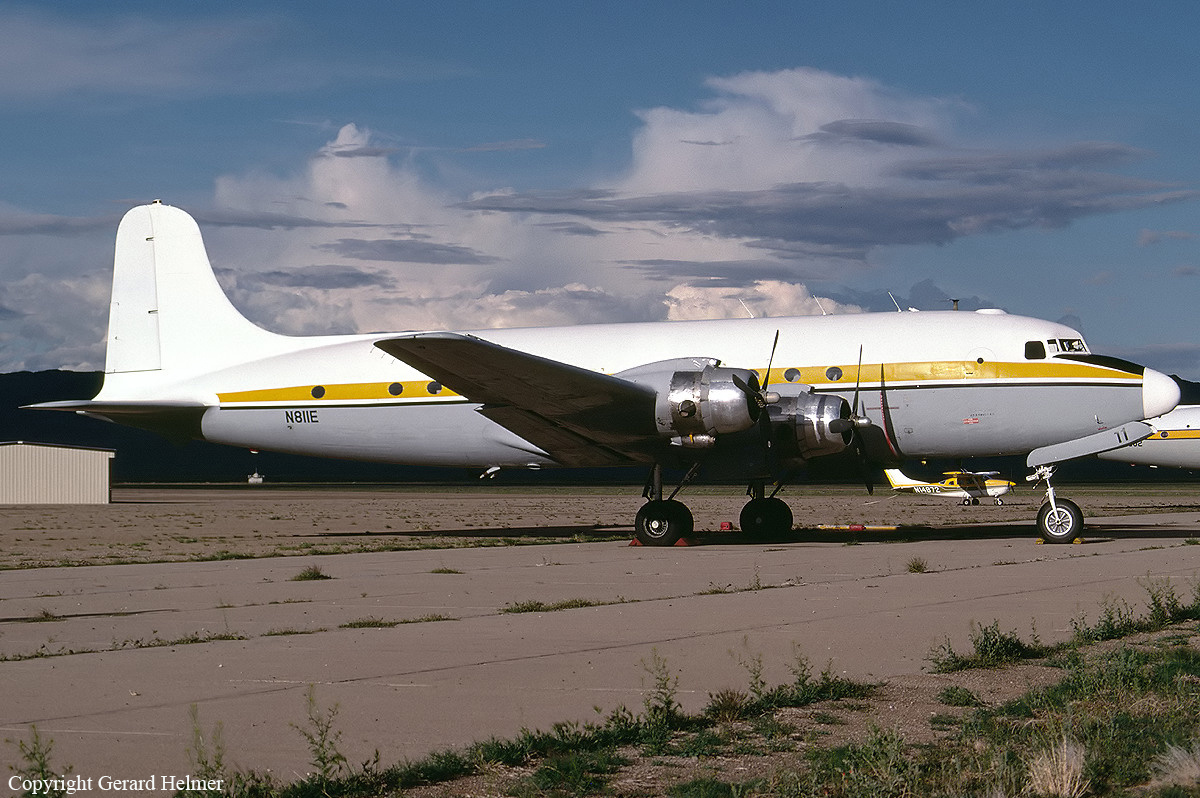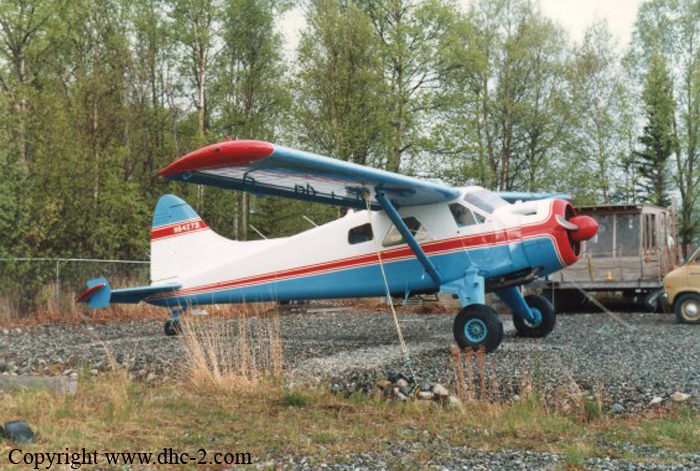Crash of a Cessna 421B Golden Eagle II in Greensburg: 5 killed
Date & Time:
Nov 6, 1993 at 0851 LT
Registration:
N41010
Survivors:
No
Schedule:
Pontiac - Greensburg
MSN:
421B-0569
YOM:
1974
Crew on board:
1
Crew fatalities:
Pax on board:
4
Pax fatalities:
Other fatalities:
Total fatalities:
5
Captain / Total hours on type:
225.00
Aircraft flight hours:
2600
Circumstances:
The pilot reported ice accretion en route to his destination and subsequently requested, and received a lower altitude from ATC. The flight was issued a clearance for a VOR-A approach to the Greensburg Airport, and was observed by a witness north of the airport to fly for a short period down runway 18 about seven feet above the runway. The witness then observed the airplane began to climb and fly off in a southerly direction. Other witnesses saw the airplane flying in the vicinity of the airport beneath an overcast ceiling estimated between 300 feet and 1,000 feet AGL. One witness, located about two miles south of the airport, saw the airplane turn sharply left, drop nose low, recover, drop nose low, and then descend from sight behind trees. Investigators and rescue personnel discovered a large amount of ice debris along the flight path and outside the fire ring at the crash site.
Probable cause:
An inadvertent stall by the pilot in command. Factors associated with the accident are the icing conditions and low ceilings.
Final Report:







